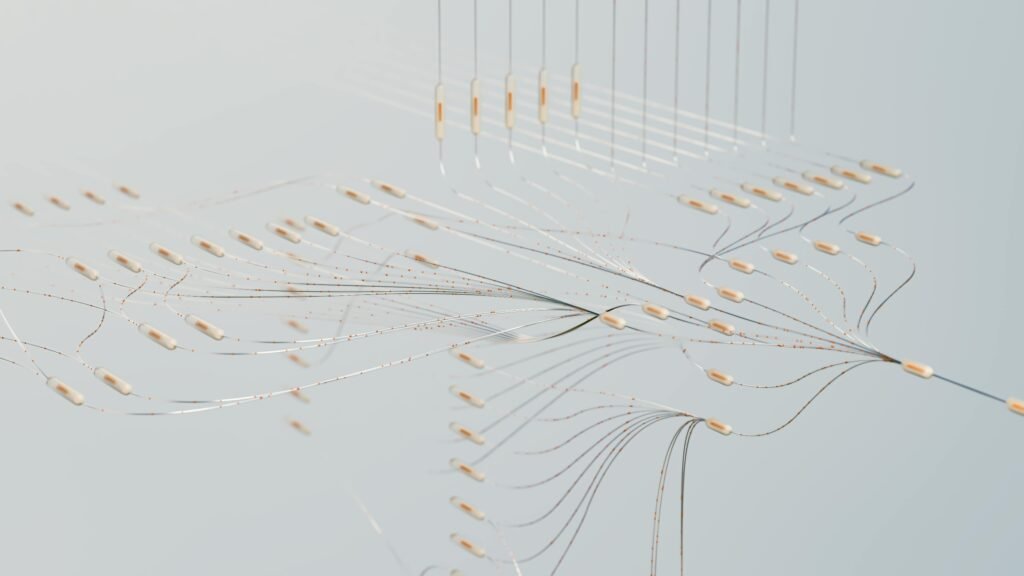🧠 How Bias in AI Algorithms Affects Society: 7 Disturbing Truths You Need to Know
As artificial intelligence systems become more embedded in everyday life—from hiring to healthcare to criminal justice—so do their biases.
But how bias in AI algorithms affects society is often overlooked… until it causes harm.
At AiBlogQuest.com, we explore 7 alarming ways AI bias impacts individuals, communities, and institutions—and what must be done about it.
⚖️ 1. Biased AI Reinforces Existing Social Inequalities
When AI is trained on historical data, it mirrors the inequality in that data.
📌 Example: A hiring AI trained on male-dominated job history may favor men over women.
🔍 Impact: Repetition of past discrimination under a “neutral” algorithm.
🚓 2. AI in Criminal Justice Can Be Racially Discriminatory
AI risk assessment tools used in courts and parole boards have been shown to misclassify people of color as high-risk more often.
📉 Result: Longer sentences, fewer parole opportunities, unjust outcomes.
🏥 3. Healthcare AI May Underserve Marginalized Groups
Medical AI systems may underdiagnose or ignore symptoms that don’t align with white, male-centric datasets.
🩺 Real case: An algorithm underestimated the health needs of Black patients due to biased training data.
🧾 4. Biased Algorithms in Finance Can Deny Loans Unfairly
Credit scoring models and lending AIs may use zip codes or historical patterns to deny loans based on race or gender, not creditworthiness.
💰 Consequence: Reduced access to capital and generational wealth for marginalized communities.
🗳️ 5. Political Targeting Can Amplify Misinformation
AI-powered ad platforms target users based on manipulable psychological profiles, which can reinforce biases, spread disinformation, or cause polarization.
🧠 Outcome: Fragmented societies vulnerable to manipulation during elections.
🧾 6. Language Models Can Perpetuate Harmful Stereotypes
Large language models like ChatGPT can reproduce toxic language and stereotypes if not carefully trained and monitored.
🗣️ Example: Autocomplete functions suggesting offensive or biased phrases.
📌 Need: Constant ethical fine-tuning and bias detection systems.
🛑 7. Lack of Transparency Makes Bias Hard to Detect
Many AI systems are “black boxes.” Users and even developers can’t fully explain how decisions are made.
📉 Result: Victims of biased AI can’t challenge or even understand the decisions affecting them.
🔍 Fix: AI explainability, open auditing, and accountability protocols.
🔗 Useful Links from AiBlogQuest.com
❓ FAQ: How Bias in AI Algorithms Affects Society
Q1. Why do AI algorithms become biased?
AI learns from data. If the data reflects human bias, the algorithm will too.
Q2. Is AI bias always intentional?
No. Most bias in AI is unintentional and often goes unnoticed until it causes harm.
Q3. Can biased AI be fixed?
Yes—through better data practices, diverse datasets, fairness audits, and regulation.
Q4. How can I tell if an AI is biased?
You often can’t—unless transparency or auditing tools are in place.
Q5. What are real-world consequences of AI bias?
Unfair jail sentences, denied loans, misdiagnosed patients, blocked job opportunities, and social discrimination.
🏁 Final Thoughts
How bias in AI algorithms affects society isn’t a future concern—it’s a present crisis. AI is only as fair as the data and values we put into it.
If we want justice, equity, and inclusion in an AI-powered world, we must actively design against bias.
Stay informed and join the AI ethics conversation at AiBlogQuest.com — your go-to hub for responsible AI education.
🏷️ Tags:
how bias in AI algorithms affects society, AI bias, ethical AI, AI discrimination, algorithmic fairness, aiblogquest, bit2050



